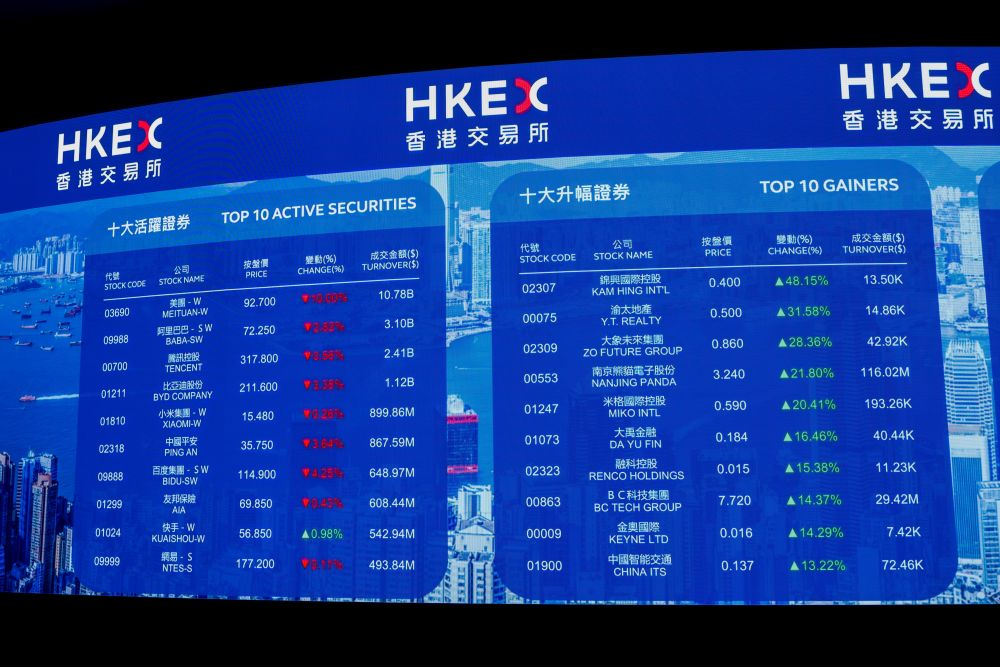Just how challenging China’s balancing act on carbon emissions is has become more evident with the launch of its national emissions trading scheme (ETS), the largest in the world, in July 2021, and the continuing impact of Covid-19 on the economy.
The biggest challenge is how to balance the conflicting interests of the pro-economic growth sector which advocates reduced environmental controls and the pro-carbon reduction sector which seeks to abide by China’s commitment to the Paris Agreement on climate change.
Before July, the country already had seven regional ETS operating with varying degrees of success. But the establishment of the national ETS has highlighted how massive the challenges are.
The major issues are the lack of liquidity in carbon trading at the national ETS and the unrealistically low prices that carbon units are being traded. Before these issues can be addressed effectively, a national data base of carbon emissions, using standardized benchmarks that are acceptable globally, must first be built.
Critical role
“I do agree that the ETS market will play a critical role in the future, but so far we’re going to see probably a rather slow start of that,” says Ma Jun, founding director of the Institute of Public & Environmental Affairs (IPE), a non-profit environmental research organization registered and based in Beijing.
“The carbon price should not be too high or too low, and there should not be too much fluctuation. If you look at all the recent trading since China’s opening of the ETS, it’s more or less like that. The carbon prices are currently too low to provide much incentive at all.”
Ma has led the development and launch of China’s first environmental public database, the China Pollution Map, as well as the Blue Map (Weilan Ditu), a mobile app that helps the public use “micro-reports” against environmental violations and river pollution as well as facilitate garbage sorting and recycling. The green supply chain and green finance programmes the IPE initiated have motivated more than 16,000 companies to openly address their violation problems and disclose emissions data.
China has committed to reach peak emissions by 2030 and carbon neutrality by 2060. “But we’re facing real headwinds as China is still trying to hedge against this enormous uncertainty caused by the global pandemic and with the high pressure of slowing down our economy, and many local governments and carbon-intensive industries want to relax environmental control so that they can feel a bit easy,” Ma says. “We have seen the picking up again of China’s coal consumption and carbon emissions, especially a very, very strong surge in the first quarter of this year. I think this is highly alarming.”
Although the carbon market will play a big role in reducing emissions, China’s national carbon market is still developing, the volume of trading is still very small, and the national ETS does not have an absolute cap yet.
“And we need to understand also that there are some real governance issues here. Originally it (the national ETS) planned to cover eight major industries, but then we just started with the power and energy sector because only the power sector has a rather trustworthy and credible measurement. With the other industries, there are still questions about all this carbon inventory and all these data,” says Ma.
Valuable experience
On the bright side, China can tap into the success of local governments in reducing pollution, particularly air pollution, in their respective jurisdictions over the past eight years.
There also has to be transparent and effective public disclosure and scrutiny of emissions data in order for the overall emissions target to be achieved.
“I do trust that with all of these China needs to tap into the great experience in dealing with the local pollution, especially air pollution. You know, China spent the past eight years bringing down the air pollution significantly. And by measuring and disclosing all the information, but also all the sources, including all the major emitters, and tens of thousands every hour, or every two hours – so to subject that to public scrutiny and to drive enforcement,” Ma says.
“We (IPE) as a group are creating a system that can help people better understand this. If you go to our system, you can find not just the ETS trading number but also all these major provinces and cities. We hope we help people to access the data but for the first time, hopefully, this will help everyone to understand why we need to move forward with such strong commitment, that we also, through the index assessment, [need] to try to understand the performance of different cities and provinces,” Ma says.









